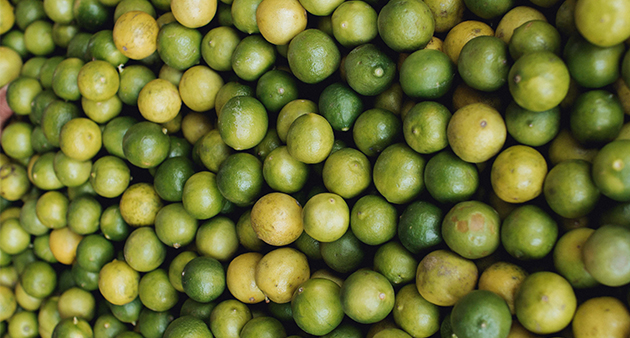The Philippine Calamansi Association Inc (PCAI) recently said that research and development (R&D) programs should address the declining production of calamansi in the country.
This was raised recently in a meeting held at the Nueva Vizcaya State University (NVSU) with university experts, PCAI stakeholders, and the monitoring and evaluation (M&E) team of the Philippine Council for Agriculture, Aquatic and Natural Resources Research and Development of the Department of Science and Technology (DOST-PCAARRD). The meeting was held to monitor and evaluate the progress of the “Citrus Resources Research for Development in Cagayan Valley (CRR4DCV)” project sites in Nueva Vizcaya.
The PCAARRD-Crops Research Division (CRD) M&E team was led by the Industry Strategic S&T Program (ISP) Manager for Citrus Maria Adelia C. Belen. Roscelia M. Lambio and Nelia B. Laroza of the same division were members of the team.
PCAI stakeholders emphasized that R&D initiatives should also focus on the lack of supply of quality seedlings and the declining fresh calamansi production. PCAI President Helen del Rosario also reported the decreasing production of calamansi in Oriental Mindoro due to aging trees, the shift of production to other high-value crops, and rampant conversion of calamansi farms into residential uses.
To address these concerns, Belen advised the NVSU experts to collaborate with PCAI in packaging and submitting a proposal to DOST-PCAARRD. Dr. Jonar I. Yago, R&D Director of NVSU, said PCAI could help improve the status of the calamansi industry.

Moreover, Dr. Elbert Sana, Program leader and Director for Citrus Resources Research and Development Center (CRRDC) of NVSU, presented the program activities, status, and accomplishments. Following the initial results of the Value Chain Analysis of Citrus in the province, project leaders agreed to focus on the conservation of the citrus germplasm.
PCAARRD, NVSU, and PCAI also visited the Satsuma Farm owned by Jessie P. Lammag, Satsuma grower-cooperator at Barangay Cabuluan, Villaverde, Nueva Vizcaya. Lammag showed the production system of satsuma and discussed the technologies he adopted in his farm. Aside from the farm visit, the team visited and evaluated the condition of the tissue culture laboratory, citrus genebank, and processing facility of NVSU.
Calamansi is a citrus fruit native to Southeast Asia. The calamansi fruit and the leaves offer plenty of health benefits. Among these are: 1) Calamansi juice can lower stomach acidity by acting as a protective layer against hydrochloric acid; 2) The calamansi extract can lower cholesterol levels; 3) It can boost immunity levels with its high Vitamin C content; 4) Improves blood circulation; 5) Helps in weight-loss as a low-calorie, cholesterol-free drink; 6) Helps reduce body odor by simply applying the extract to the affected body part; 7) Helps in increasing hair volume, and in treating dandruff; 8) Helps prevent diabetes by lowering blood glucose levels and regulate insulin secretion, and; 9) Helps fight viral and bacterial infections.
